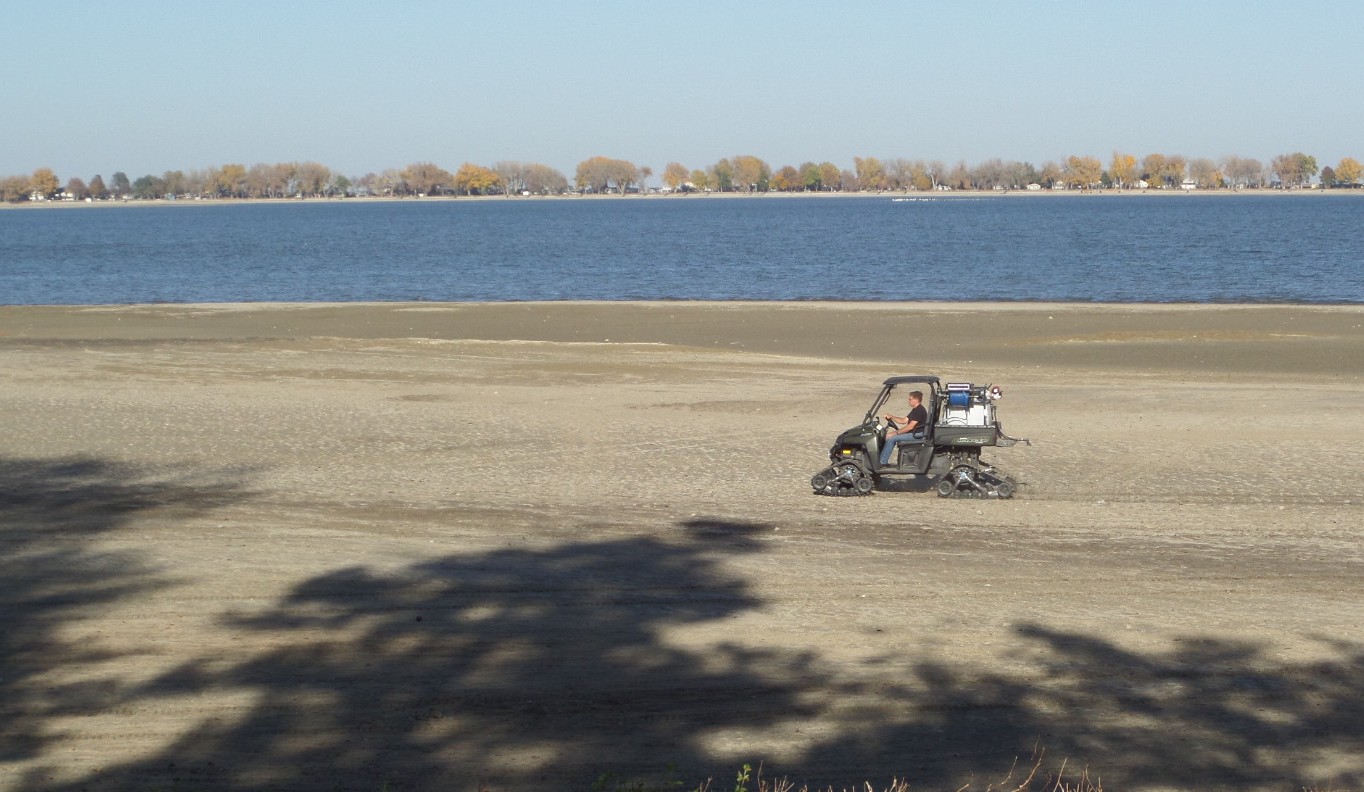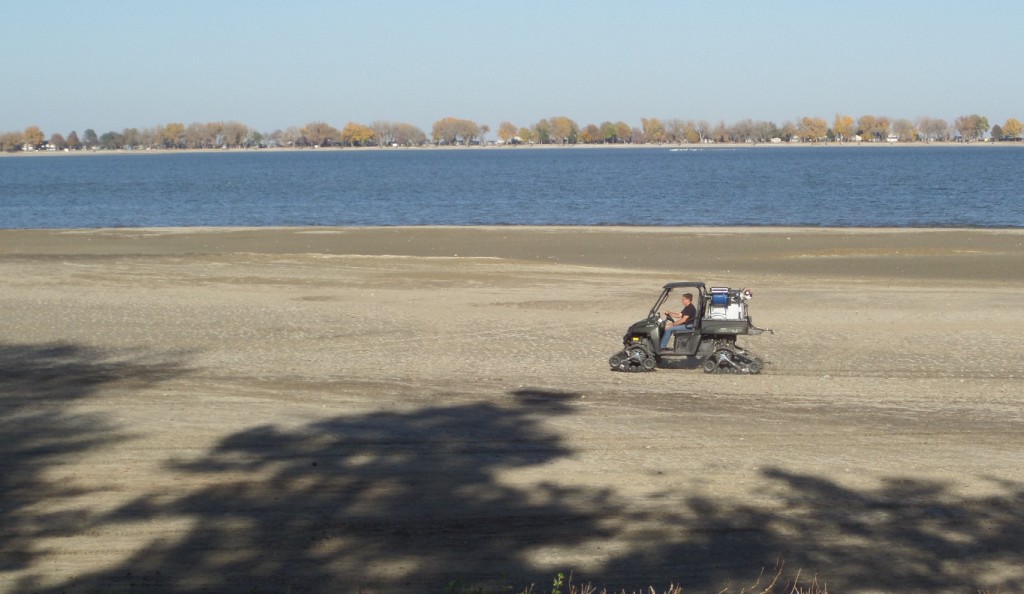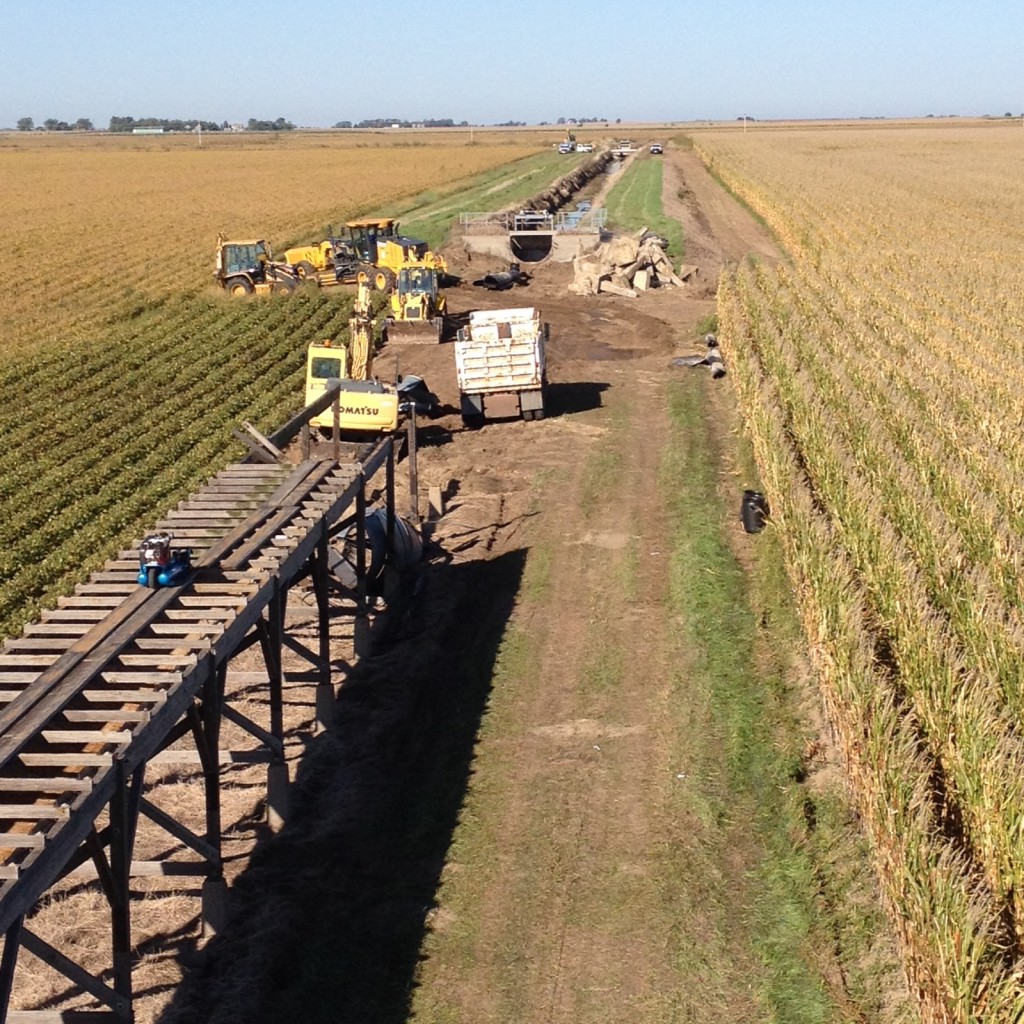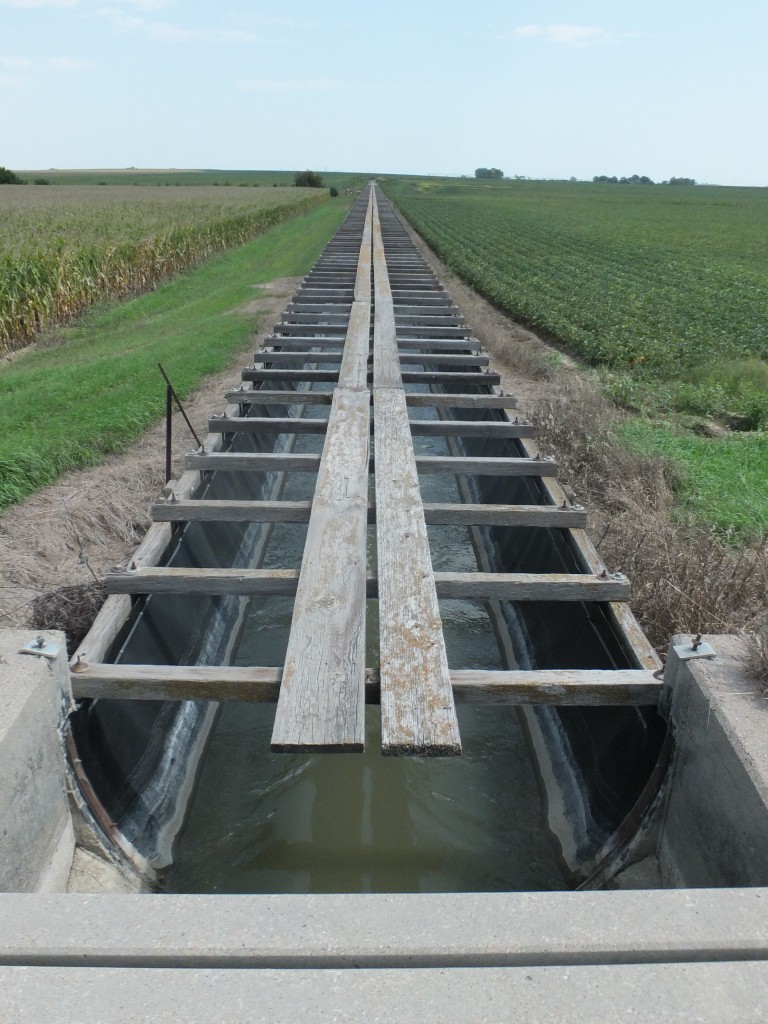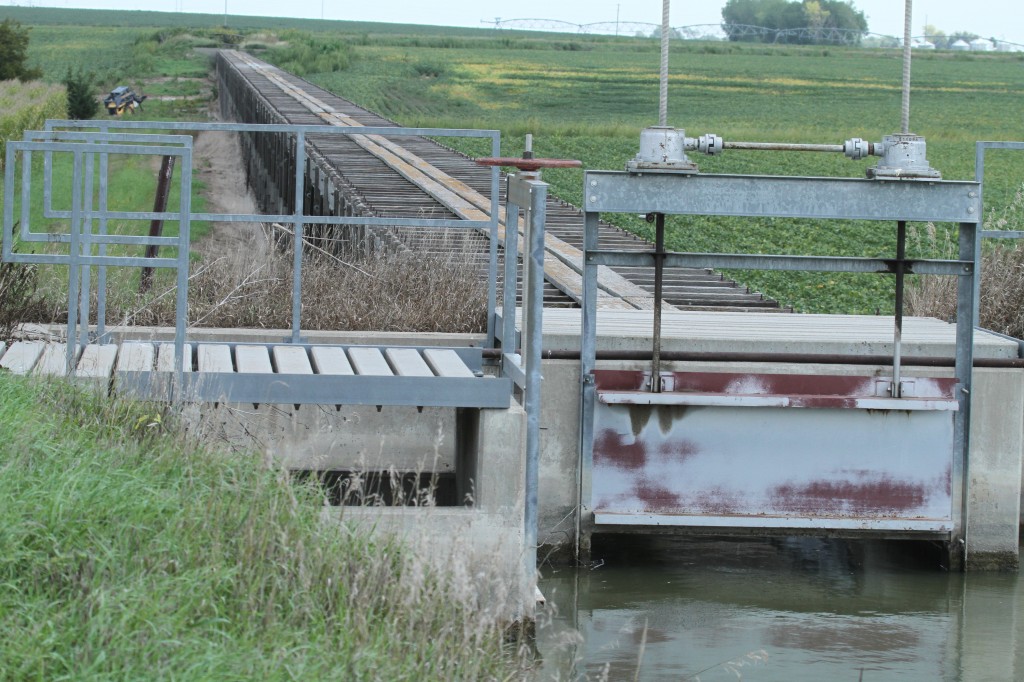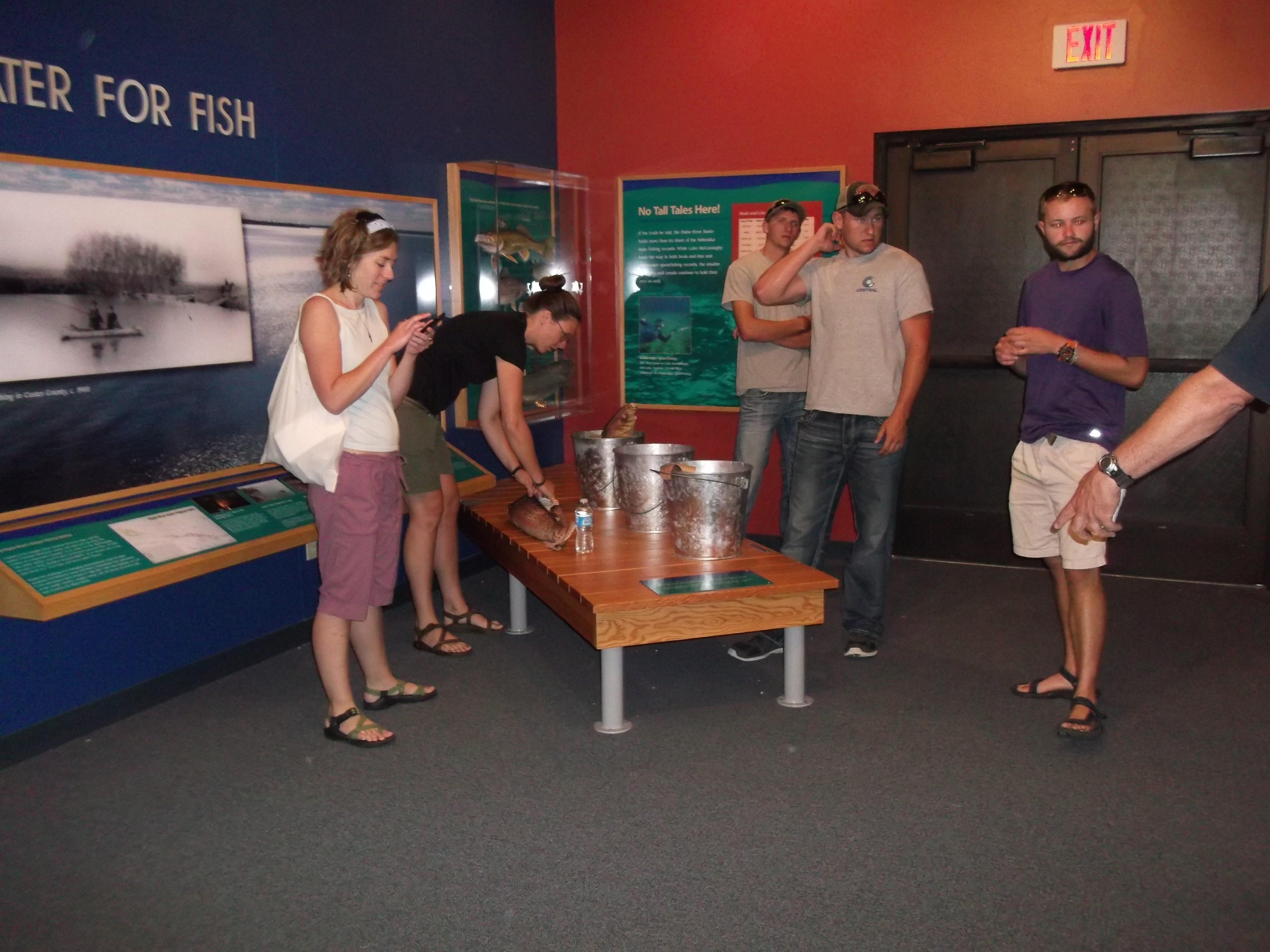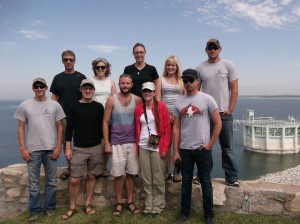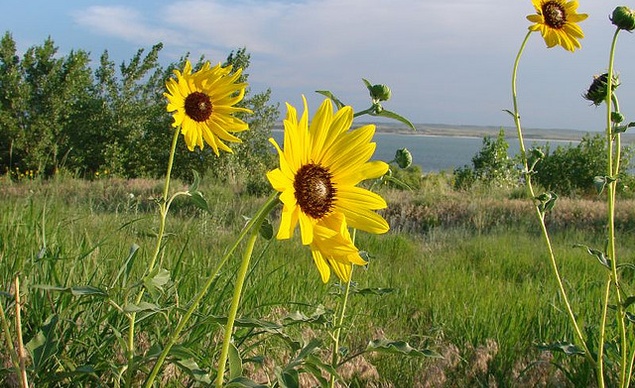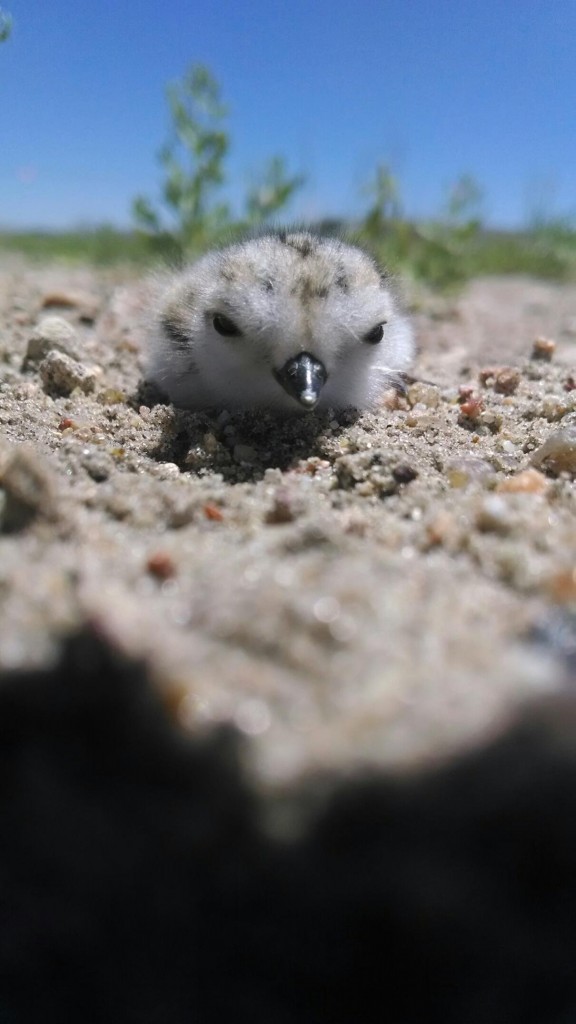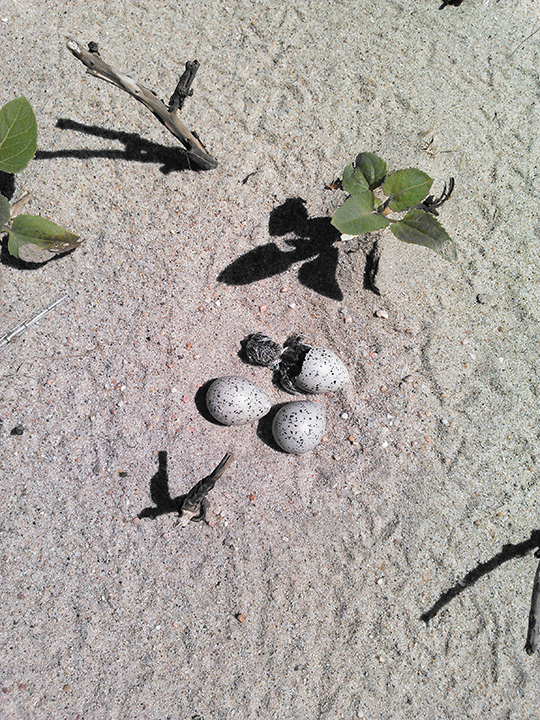
American paddlefish
The Nebraska Game and Parks Commission recently stocked 990 paddlefish in two small lakes along The Central Nebraska Public Power and Irrigation District’s Supply Canal.
Gallagher Canyon and Midway lakes, as well as the Supply Canal that conveys water to the lakes, were determined to be suitable habitat for the fish, which were about 12 inches long when placed in the lakes in September. However, paddlefish commonly grow as long as five feet and weigh up to 60 pounds. According to information from the U.S. Geological Survey, the largest paddlefish ever caught in the United States was 85 inches long, weighed 198 pounds and was speared in Iowa’s Lake Okoboji in 1916. Nebraska’s state record paddlefish was snagged below Gavins Point Dam in 2011. That specimen weighed 107 pounds and measured 51-3/4 inches long.
Paddlefish usually seek riverine habitat with deep water and low currents or areas such as side channels or backwaters, making the Supply Canal and the canyon lakes ideal for such fish. Nationwide, paddlefish are found in only 22 states within the Missouri and Mississippi basins.
Paddlefish are characterized by a long snout (the paddle from which its name is derived), called a rostrum, which makes up about one-third of the fish’s length. Thousands of tiny pores are located on the rostrum, which act as electro-receptors that allow the fish to sense weak electrical fields emitted by its miniscule prey. They are filter feeders, swimming slowly with their large mouths open so that zooplankton pass over gill rakers that strain the tiny organisms from the water.
“As filter feeders, they will compete with carp and suckers for food,” said Central Senior Biologist Mark Peyton. “Stocking paddlefish in these lakes may provide another wonderful opportunity for recreation on our canal system and I fully support the efforts.”
Peyton mentioned a recent precedent for paddlefish surviving in reservoirs along canals in western Nebraska that suggests that paddlefish could do well in Central’s canal and lakes. In 1996, a 140-pound paddlefish was discovered in Lake Maloney, a regulating reservoir south of North Platte fed by the Sutherland Canal and owned by the Nebraska Public Power District. The huge fish (75 inches long and, at 140 pounds, much heavier than the current state record) was found floating in the reservoir with a wound caused by a boat propeller, although it was not clear whether the wound killed the fish, or if the fish was dead when struck by the boat.
According to an NGPC spokesman’s comments to the media at the time, it was suspected that the fish escaped from an NGPC holding pond connected to the reservoir in the 1950s or ‘60s. The huge fish was estimated to have been between 40 and 60 years old.
Paddlefish are often referred to as “prehistoric” fish because fossil records indicate that the fish first appeared 300 to 400 million years (pre-dating the “Age of Dinosaurs” by 50 million years).
The fish is protected under state and federal laws, but can be caught during limited seasons by holders who have special permits (for more information, see the NGPC’s web site). However, because the paddlefish grows at a relatively slow rate and take years to reach reproductive age, it will be many years before the population in the canal system is able to sustain a fishing season. In addition, while the canal and canyon lakes may be places where the paddlefish can thrive, it is not known whether the fish will successfully reproduce in the new habitat.
The NGPC intends to continue its stocking efforts for several years, using young fish raised at the Calamus and North Platte hatcheries. For now, the Missouri River is the closest place for Nebraskans to catch paddlefish, but it is hoped that the population will grow to the point that a season can be established in Central’s Supply Canal and canyon lakes.
